Home>Storage & Organization>Kitchen Organizing Tools>Why Do My Cats Watch Each Other In The Litter Box


Kitchen Organizing Tools
Why Do My Cats Watch Each Other In The Litter Box
Modified: February 25, 2024
Discover the best kitchen organizing tools to streamline your space. Find practical solutions for decluttering and maximizing efficiency.
(Many of the links in this article redirect to a specific reviewed product. Your purchase of these products through affiliate links helps to generate commission for Storables.com, at no extra cost. Learn more)
Introduction
Cats are fascinating creatures with a multitude of behaviors that often leave their human companions puzzled. One such behavior that frequently raises eyebrows is when cats watch each other in the litter box. It's a peculiar sight that can prompt a range of questions and concerns for cat owners. Understanding the reasons behind this behavior can shed light on the feline psyche and provide insights into their social dynamics and overall well-being.
When cats exhibit this behavior, it can be both intriguing and perplexing for pet owners. It's natural to wonder why they engage in such behavior and what it might signify about their relationships with one another. By delving into the underlying reasons for this behavior, we can gain a deeper understanding of our feline friends and how they interact with each other in their shared living spaces.
The phenomenon of cats watching each other in the litter box is not only a source of curiosity but also a potential indicator of their social dynamics, territorial instincts, and overall health. As we explore the various factors that may contribute to this behavior, we can gain valuable insights into the intricate world of feline behavior and the complex dynamics that shape their interactions with each other and their environment.
Key Takeaways:
- Cats watching each other in the litter box is a way for them to establish territory and socialize, showing their curious and observant nature. It’s like they’re saying, “Hey, I see you, and I’m keeping an eye on things!”
- If your cats are watching each other in the litter box, it could be a sign of potential health issues or discomfort. Keep an eye out for changes in their behavior and seek veterinary guidance if needed.
Understanding Cat Behavior in the Litter Box
Cats are known for their enigmatic behaviors, and their actions in the litter box can be particularly perplexing to their human companions. When one cat watches another in the litter box, it can evoke a sense of curiosity and even concern. To comprehend this behavior, it's essential to delve into the intricate world of feline instincts and social dynamics.
The litter box serves as a significant territory for cats, and their behavior within this space can offer valuable insights into their interactions with each other. When one cat observes another in the litter box, it may be linked to their instinctual need to establish and maintain their territorial boundaries. Cats are inherently territorial animals, and the act of watching each other in the litter box could be a way for them to assert their presence and monitor the activities of their feline counterparts within their shared living environment.
Furthermore, the litter box can also serve as a point of social interaction for cats. While it may seem unusual to human observers, cats may engage in this behavior as a means of socializing and maintaining a sense of connection with their feline companions. In the intricate world of feline communication, the litter box can serve as a space for subtle social cues and interactions, and observing each other within this context may be a part of their intricate social dynamics.
Additionally, the act of watching each other in the litter box may also be linked to their natural curiosity and instinctual need to observe and understand their surroundings. Cats are inherently curious creatures, and their keen observation of each other in the litter box could be driven by their innate curiosity about the behaviors and activities of their fellow felines.
Understanding cat behavior in the litter box requires a nuanced appreciation of their instincts, social dynamics, and individual personalities. By recognizing the multifaceted nature of this behavior, cat owners can gain a deeper understanding of their feline companions and the intricate world they inhabit within their shared living spaces.
Social Hierarchy and Territory
Cats are inherently territorial animals, and their behavior within the shared space of the litter box can offer valuable insights into their social hierarchy and territorial dynamics. In the feline world, social hierarchy plays a pivotal role in shaping their interactions and relationships with each other. When one cat watches another in the litter box, it may be linked to their instinctual need to establish and maintain their territorial boundaries.
Within a multi-cat household, the concept of social hierarchy is particularly pronounced. Cats often engage in subtle yet significant displays of dominance and submission, and the litter box can serve as a focal point for these dynamics. The act of one cat observing another in the litter box may be a manifestation of their social hierarchy, with the watching cat asserting its presence and monitoring the activities of its feline counterparts within the shared territory.
Furthermore, the litter box serves as a significant territorial marker for cats. Through their elimination behaviors, cats communicate vital information about their presence and status within the household. When one cat watches another in the litter box, it could be a way for them to reinforce their territorial boundaries and assert their position within the social hierarchy. This behavior may serve as a subtle yet significant means of maintaining their territorial integrity and reaffirming their status within the feline social structure.
In multi-cat households, the dynamics of social hierarchy and territoriality can be particularly complex. Cats may engage in subtle power struggles and displays of dominance, and the litter box can become a focal point for these interactions. When one cat watches another in the litter box, it may be a way for them to assert their presence and monitor the activities of their feline counterparts within the shared territory.
Understanding the intricate interplay between social hierarchy and territory is essential for comprehending the behavior of cats in the litter box. By recognizing the significance of these dynamics, cat owners can gain valuable insights into the complex world of feline social interactions and the subtle yet profound ways in which cats navigate their shared living spaces.
Curiosity and Observation
Cats are renowned for their innate curiosity and keen powers of observation. These traits are deeply ingrained in their feline nature and play a pivotal role in shaping their behaviors, including their actions in the litter box. When one cat watches another in the litter box, it may be driven by their natural inclination to observe and understand their surroundings.
In the intricate world of feline behavior, curiosity serves as a driving force behind their interactions and activities. Cats are inherently inquisitive creatures, and their keen observation of each other in the litter box may stem from their insatiable curiosity about the behaviors and activities of their fellow felines. This behavior reflects their innate desire to comprehend the dynamics of their shared living environment and gain insights into the actions of their companions.
Furthermore, cats possess highly developed powers of observation, allowing them to keenly monitor the activities of their fellow felines. When one cat watches another in the litter box, it may be a manifestation of their astute observational skills as they attentively track the behaviors and movements of their companions. This behavior underscores their acute awareness of their surroundings and their keen interest in the actions of their feline counterparts.
Moreover, the act of observing each other in the litter box may also be linked to their social dynamics and communication. Cats engage in subtle forms of communication, and the litter box can serve as a space for nonverbal interactions and social cues. By watching each other in this context, cats may be engaging in a form of silent communication, exchanging subtle signals and maintaining a sense of connection within their feline social structure.
Understanding the role of curiosity and observation in shaping feline behavior in the litter box provides valuable insights into the intricate world of cat dynamics. By recognizing the profound impact of these innate traits, cat owners can gain a deeper understanding of their feline companions and the complex interplay of curiosity, observation, and social dynamics within their shared living spaces.
Cats may watch each other in the litter box to establish a hierarchy or to monitor each other’s health. Ensure you have enough litter boxes for each cat and keep them clean to prevent any issues.
Potential Health Concerns
The behavior of cats watching each other in the litter box can also raise concerns related to their health and well-being. While this behavior is often rooted in social dynamics and instinctual behaviors, it's crucial for cat owners to consider potential health implications that may underlie this activity.
One of the primary health concerns associated with cats watching each other in the litter box is related to urinary or gastrointestinal issues. Cats may exhibit this behavior as a response to discomfort or distress related to their elimination processes. For instance, a cat observing another in the litter box may be signaling a potential health issue, such as urinary tract problems, constipation, or diarrhea. These conditions can lead to discomfort and may prompt cats to closely monitor each other's elimination behaviors as a way of assessing their well-being.
Additionally, the act of watching each other in the litter box may also be linked to stress or anxiety-related health issues. Cats are sensitive creatures, and changes in their environment or social dynamics can trigger stress and anxiety. In multi-cat households, the presence of stressors such as territorial disputes, resource competition, or changes in routine can impact their emotional well-being. As a result, cats may exhibit heightened vigilance and observe each other in the litter box as a response to underlying stress or anxiety.
Furthermore, the behavior of watching each other in the litter box may also be associated with potential issues related to litter box aversion or discomfort. Cats are meticulous about their elimination habits, and any discomfort or dissatisfaction with the litter box environment can prompt them to closely monitor each other's behaviors. Issues such as inadequate litter box hygiene, inappropriate litter substrate, or the presence of aversive scents can contribute to cats observing each other in the litter box as they navigate their elimination routines.
It's essential for cat owners to be attentive to any changes in their cats' elimination behaviors and to seek veterinary guidance if they observe persistent or concerning patterns related to cats watching each other in the litter box. By addressing potential health concerns proactively, cat owners can ensure the well-being and comfort of their feline companions, fostering a harmonious and healthy living environment for their beloved pets.
Read more: Why Is My Cat Scared Of The Litter Box?
Tips for Managing Litter Box Behavior
Maintaining a harmonious and hygienic litter box environment is essential for promoting healthy elimination behaviors and fostering a positive living space for your feline companions. Here are some valuable tips for managing litter box behavior and ensuring that your cats have a comfortable and stress-free experience when using their designated elimination area:
-
Provide Sufficient Litter Boxes: In multi-cat households, it's crucial to have an adequate number of litter boxes to accommodate all the feline occupants. The general recommendation is to have one litter box per cat, plus an extra box to ensure that each cat has ample access to a designated elimination space. This helps prevent territorial disputes and minimizes the likelihood of cats observing each other in the litter box due to resource competition.
-
Maintain Cleanliness: Regular cleaning and maintenance of the litter boxes are essential for promoting healthy elimination behaviors. Ensure that the litter boxes are scooped at least once a day and that the litter is changed regularly to provide a clean and inviting environment for your cats. Cats are fastidious creatures, and a pristine litter box can contribute to their overall comfort and satisfaction.
-
Choose the Right Litter: Cats have individual preferences when it comes to litter substrate, so it's important to select a litter that aligns with their preferences. Experiment with different types of litter, such as clumping, non-clumping, scented, or unscented varieties, to determine the most suitable option for your feline companions. Additionally, consider the depth of the litter, as some cats prefer deeper substrates for their elimination routines.
-
Strategic Litter Box Placement: The location of the litter boxes plays a significant role in managing feline elimination behaviors. Place the litter boxes in quiet, accessible, and low-traffic areas to provide cats with a sense of privacy and security when using the litter box. Avoid placing the boxes near noisy appliances, feeding areas, or in close proximity to their resting spots.
-
Address Stressors and Anxiety: Cats may exhibit atypical behaviors, such as watching each other in the litter box, in response to stress or anxiety. Identify and address potential stressors in the environment, such as changes in routine, new additions to the household, or conflicts between cats. Providing a calm and enriched living environment can help alleviate stress-related litter box behaviors.
-
Consult with a Veterinarian: If you observe persistent or concerning patterns related to cats watching each other in the litter box, seek guidance from a veterinarian. Addressing potential health issues or discomfort related to elimination processes is crucial for promoting the well-being of your feline companions.
By implementing these tips for managing litter box behavior, cat owners can create a conducive and comfortable environment for their cats, promoting healthy elimination habits and minimizing potential stress-related behaviors in the litter box.
Conclusion
The behavior of cats watching each other in the litter box is a multifaceted phenomenon that encompasses elements of social dynamics, territorial instincts, curiosity, and potential health concerns. Understanding this behavior provides valuable insights into the intricate world of feline interactions and the complex dynamics that shape their behaviors within shared living spaces.
As cat owners, it's essential to recognize the significance of the litter box as a focal point for feline social and territorial dynamics. The act of one cat observing another in the litter box reflects their instinctual need to establish and maintain territorial boundaries, assert their presence within the shared environment, and engage in subtle forms of social communication. By acknowledging the role of social hierarchy and territory in shaping this behavior, cat owners can gain a deeper understanding of the intricate dynamics that govern their cats' interactions within the household.
Furthermore, the innate curiosity and keen observation skills of cats play a pivotal role in shaping their behaviors in the litter box. Cats are naturally inquisitive creatures, and their observation of each other within this space reflects their desire to comprehend their surroundings and gain insights into the behaviors of their feline companions. By recognizing the impact of curiosity and observation on this behavior, cat owners can appreciate the depth of their cats' innate traits and the ways in which these traits influence their interactions within the shared living environment.
Additionally, the behavior of cats watching each other in the litter box underscores the importance of addressing potential health concerns and ensuring the well-being of feline companions. Cat owners should remain vigilant for signs of urinary or gastrointestinal issues, stress-related behaviors, and litter box aversion, seeking veterinary guidance when necessary to address any underlying health or discomfort issues.
In conclusion, the behavior of cats watching each other in the litter box offers a window into the intricate world of feline behavior, social dynamics, and health considerations. By delving into the underlying reasons for this behavior and implementing strategies to manage litter box behavior effectively, cat owners can foster a harmonious and comfortable environment for their beloved feline companions, promoting their well-being and enriching their shared living spaces.
Frequently Asked Questions about Why Do My Cats Watch Each Other In The Litter Box
Was this page helpful?
At Storables.com, we guarantee accurate and reliable information. Our content, validated by Expert Board Contributors, is crafted following stringent Editorial Policies. We're committed to providing you with well-researched, expert-backed insights for all your informational needs.
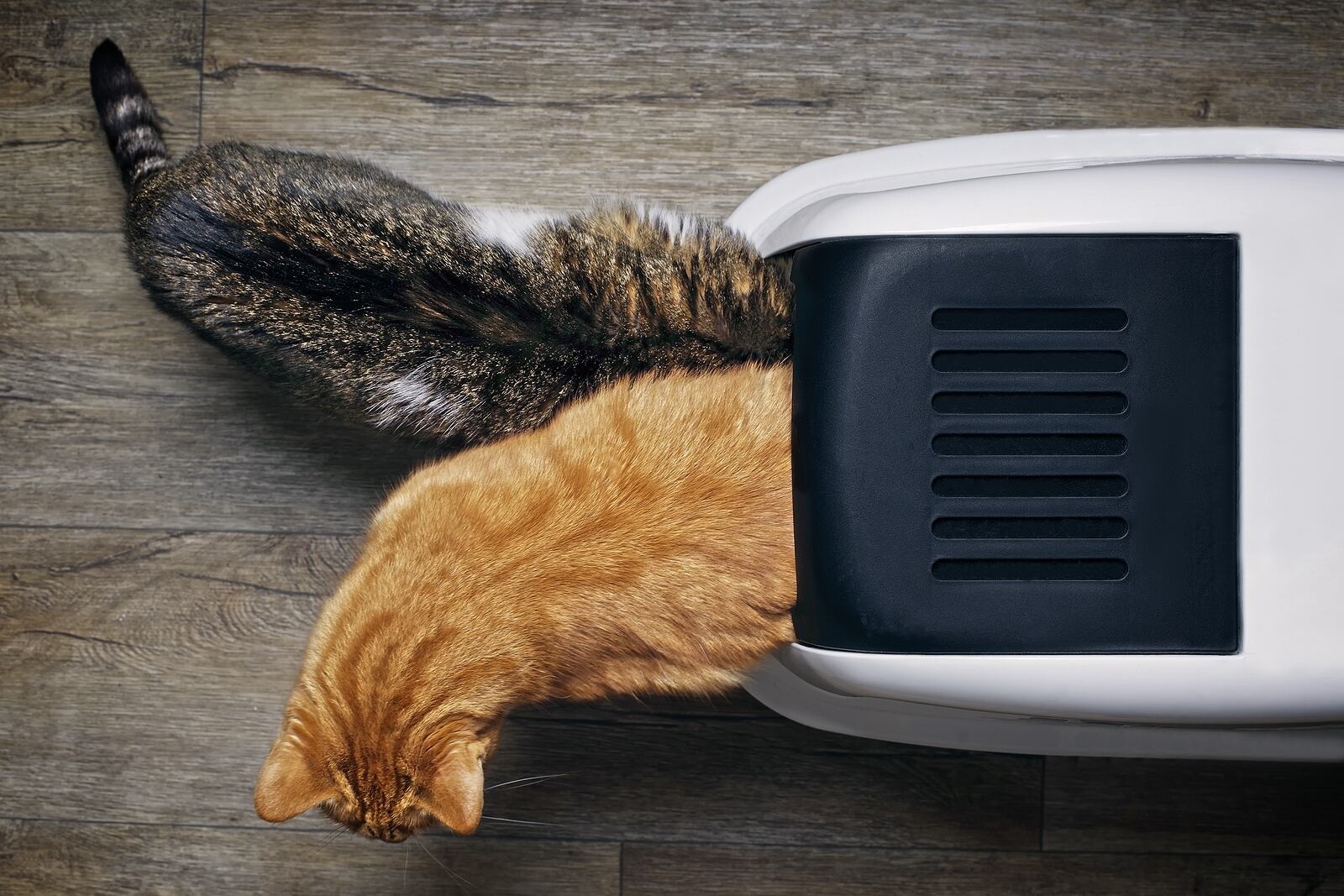
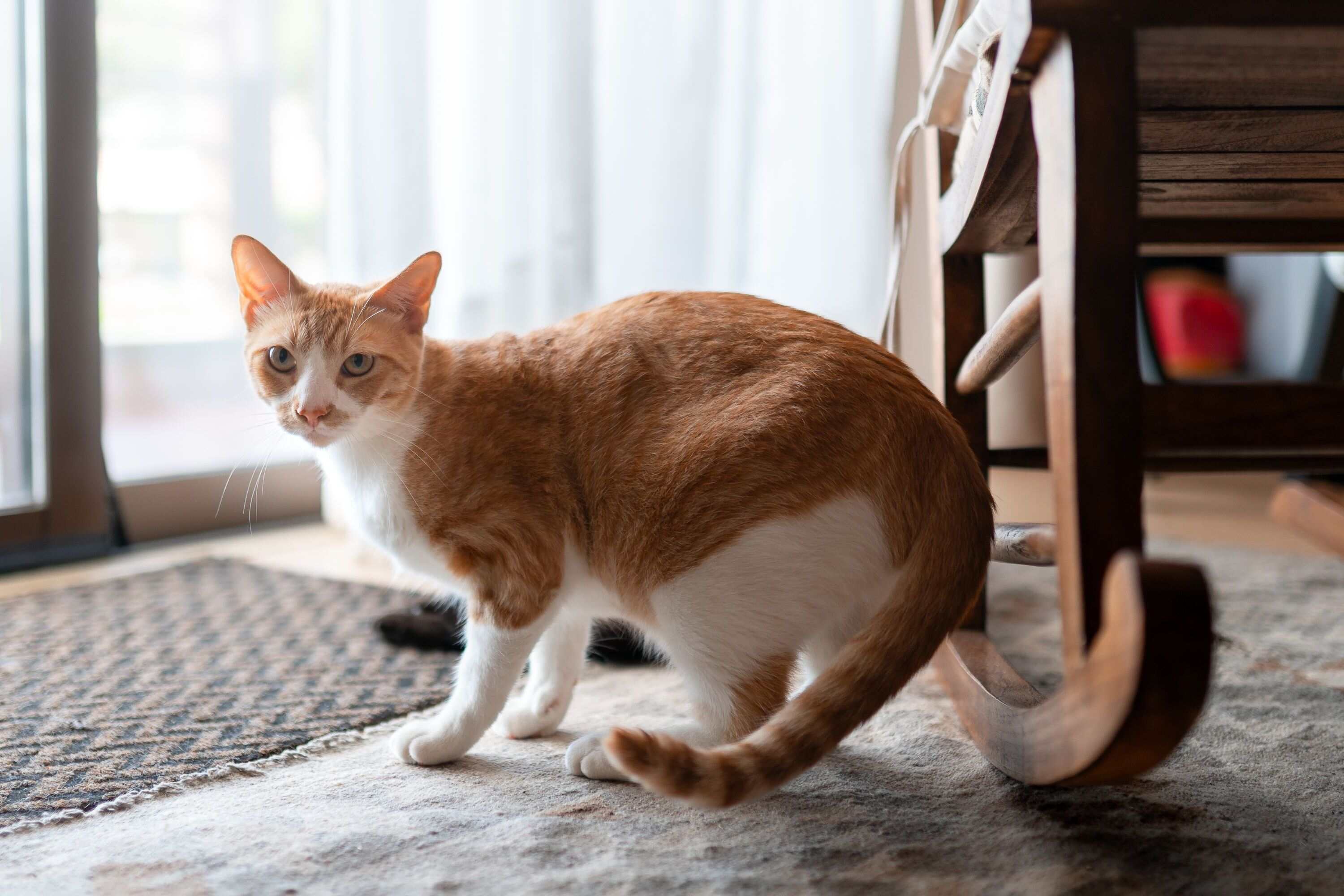

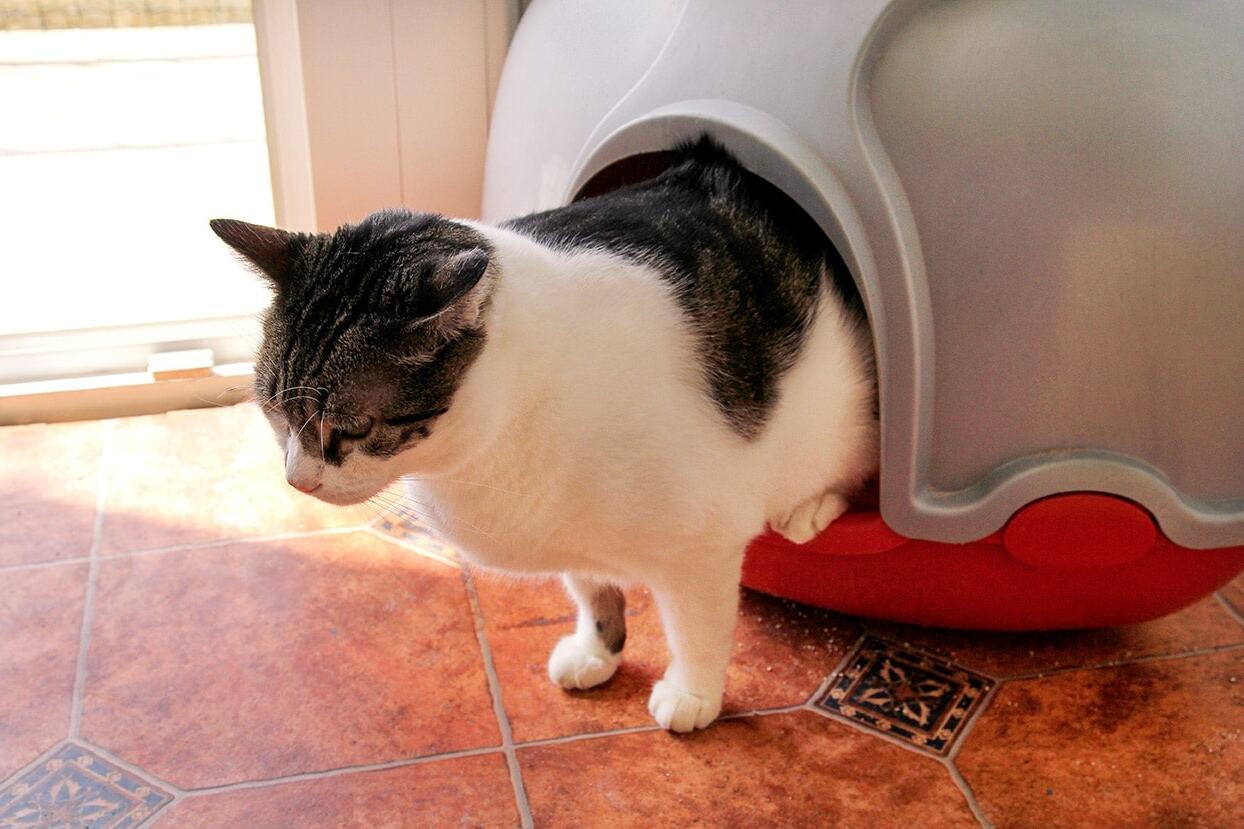
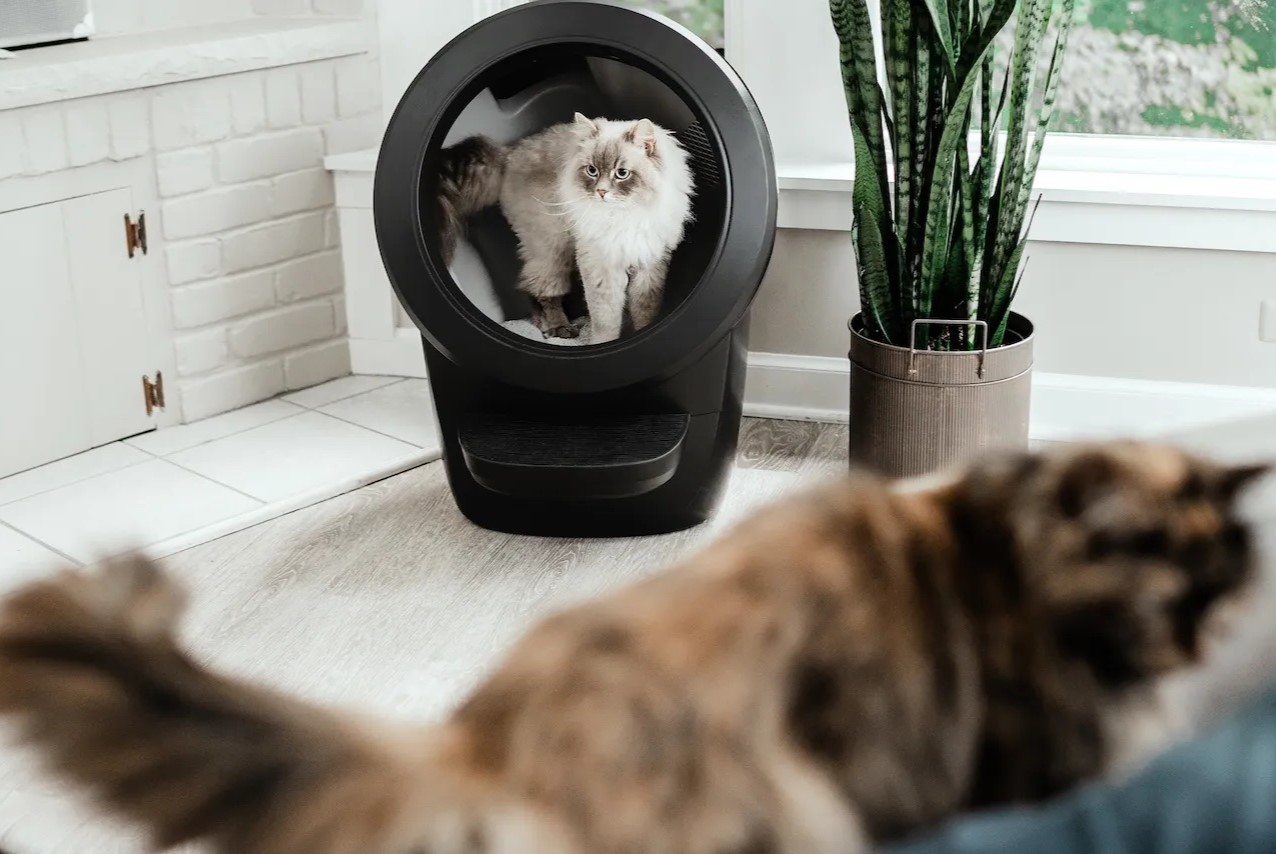
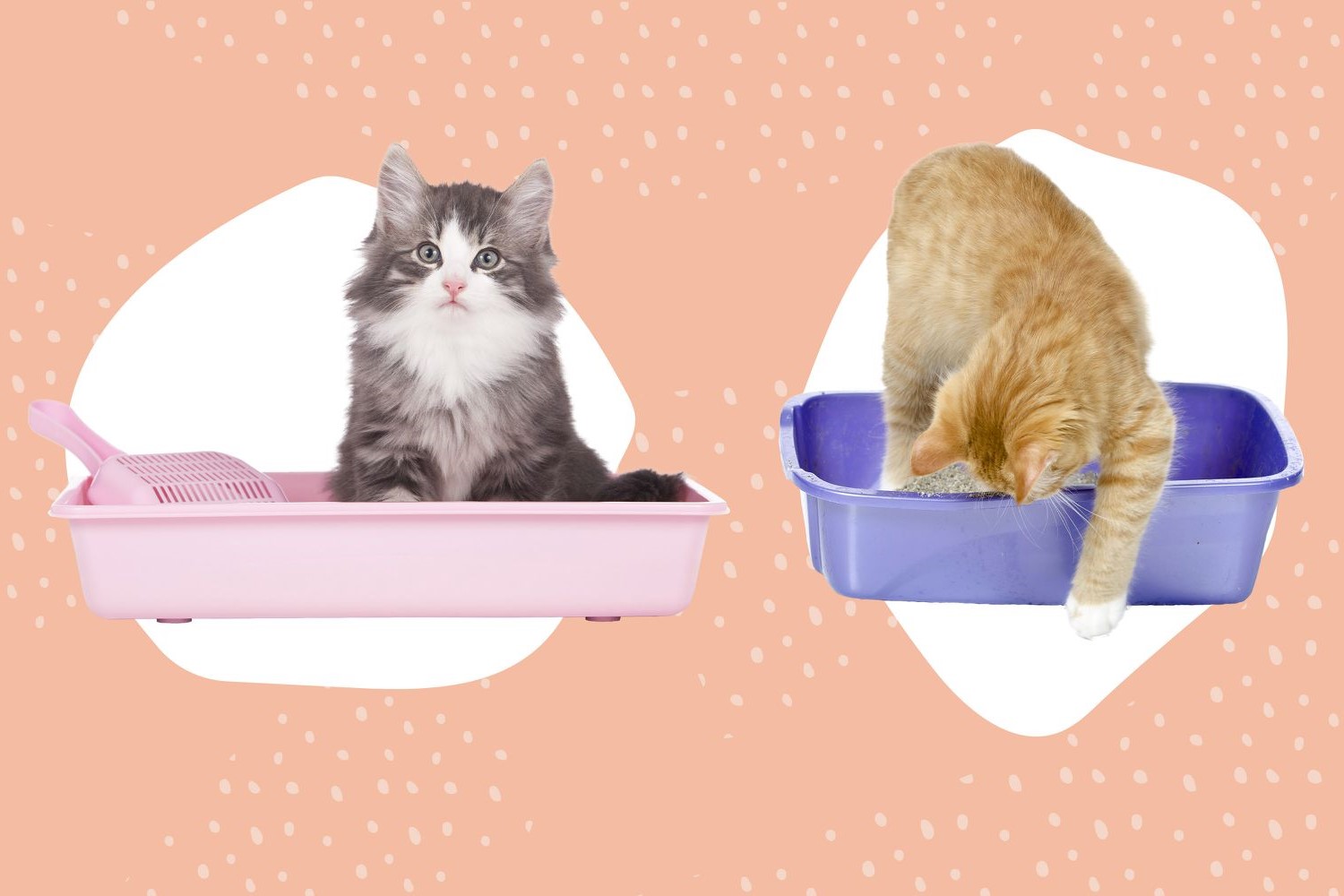
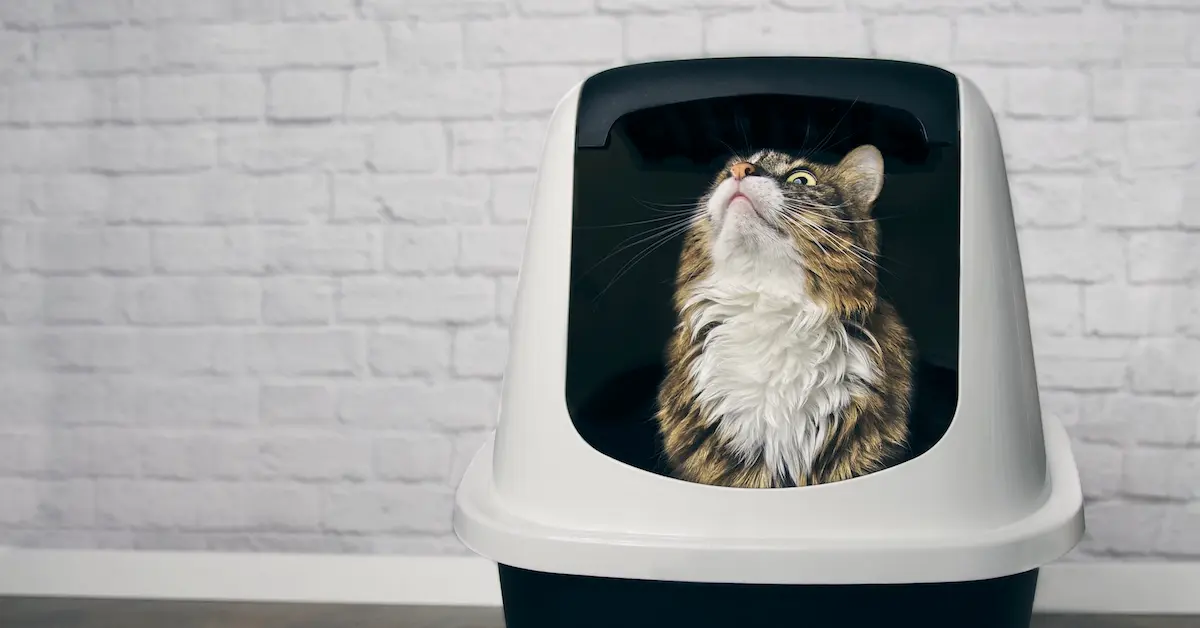
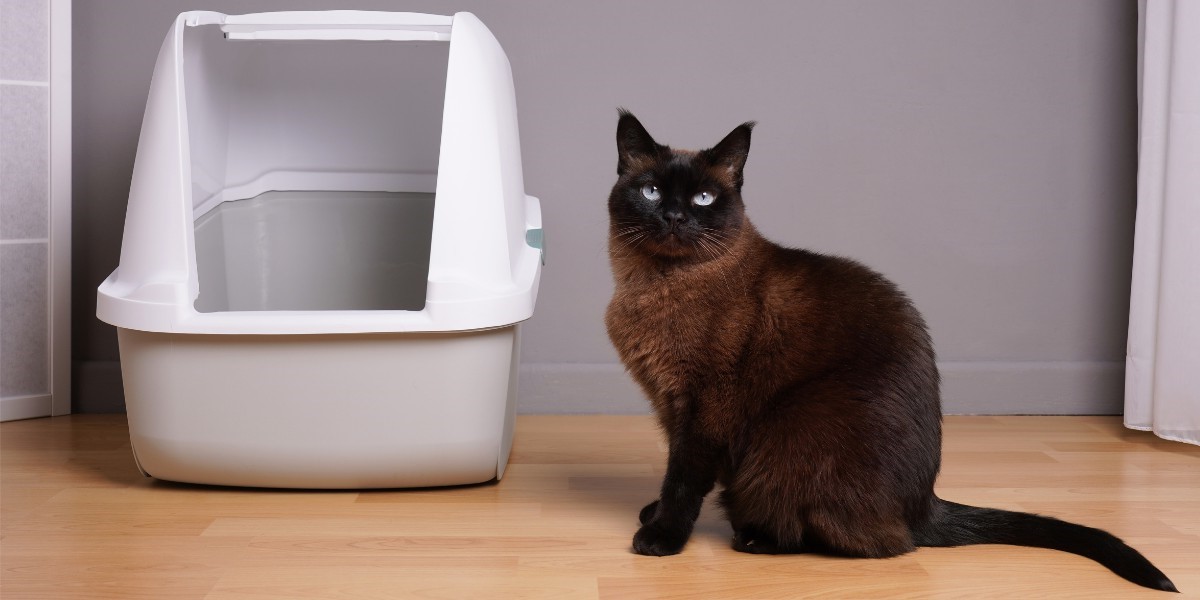
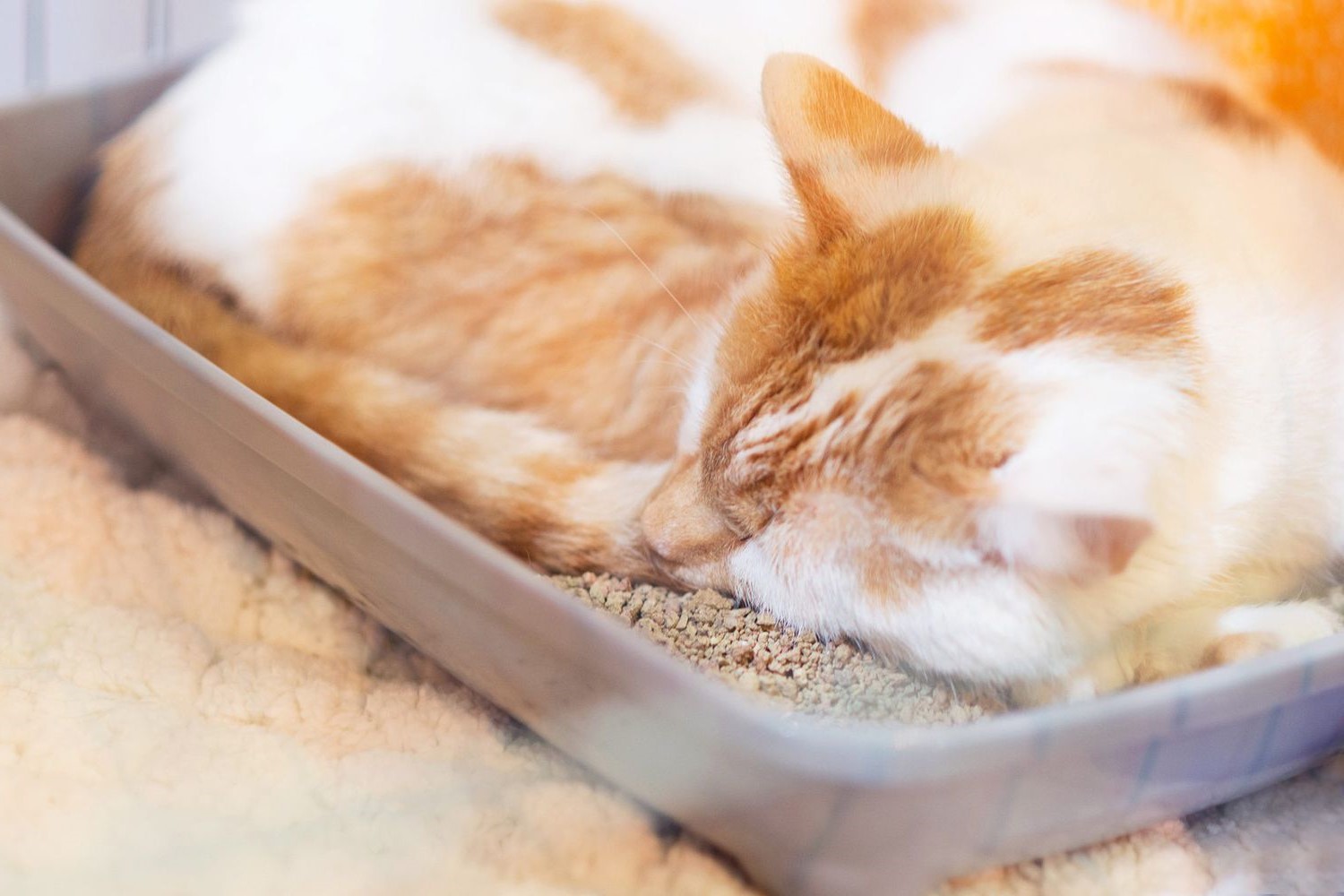
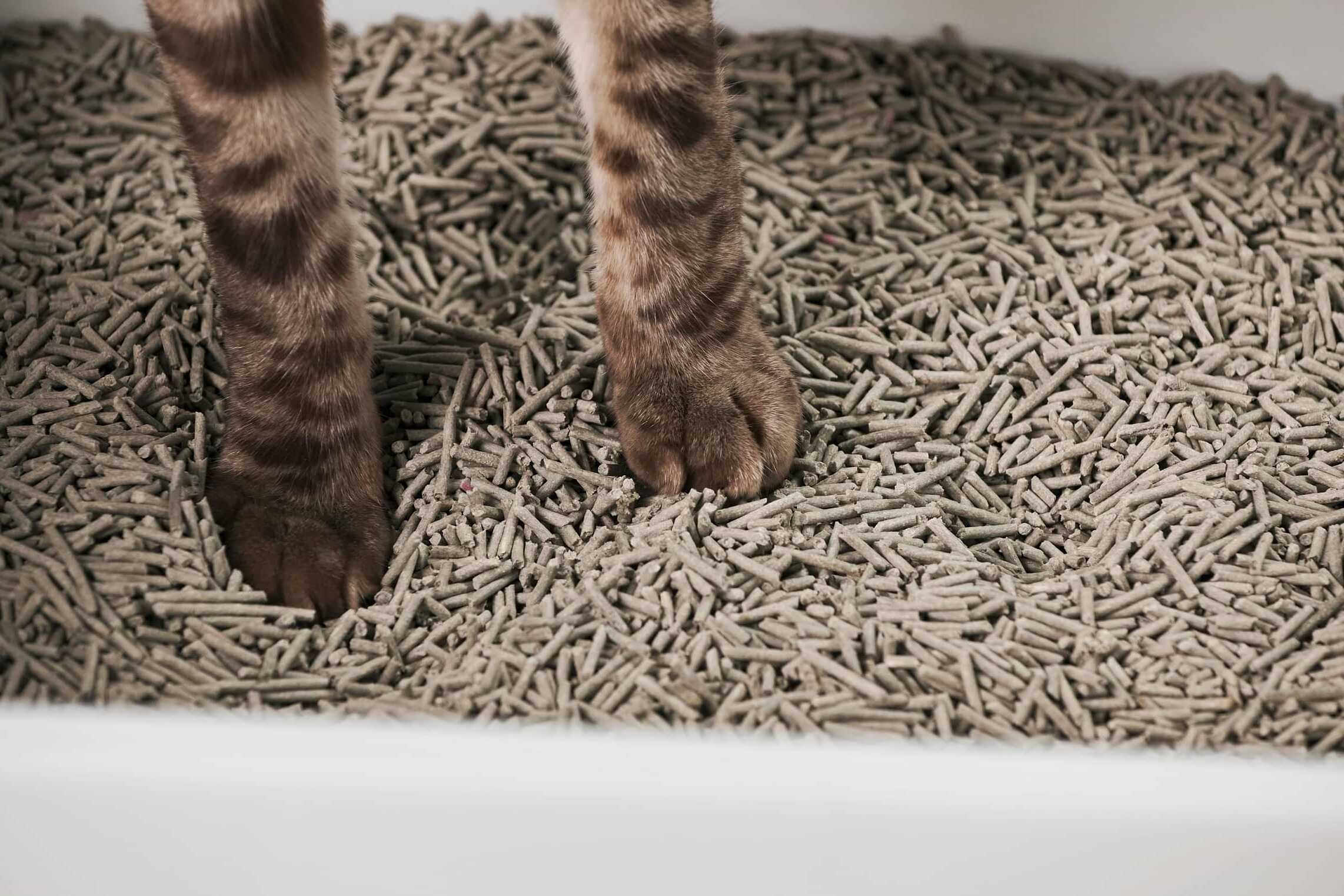
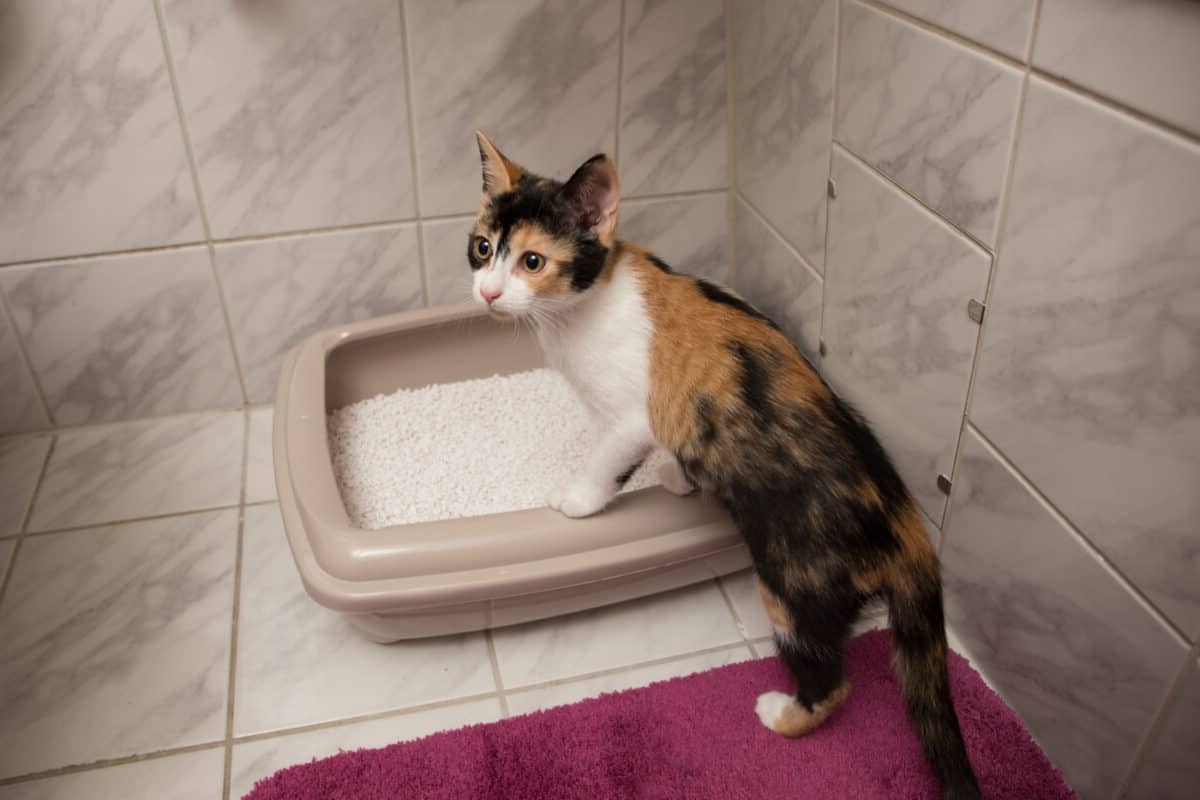
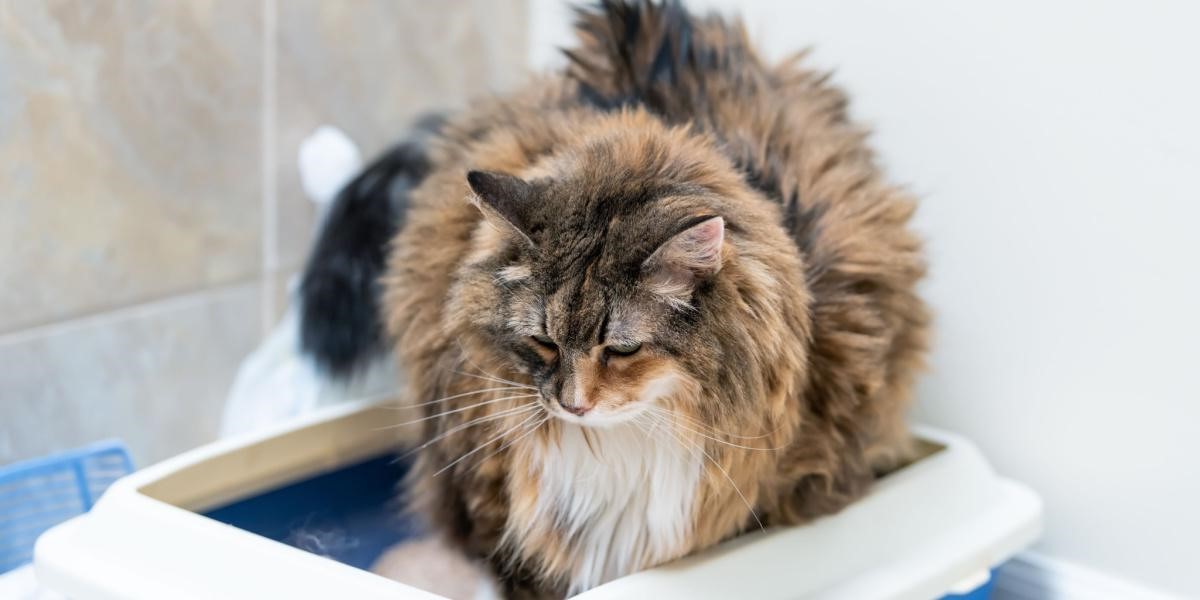
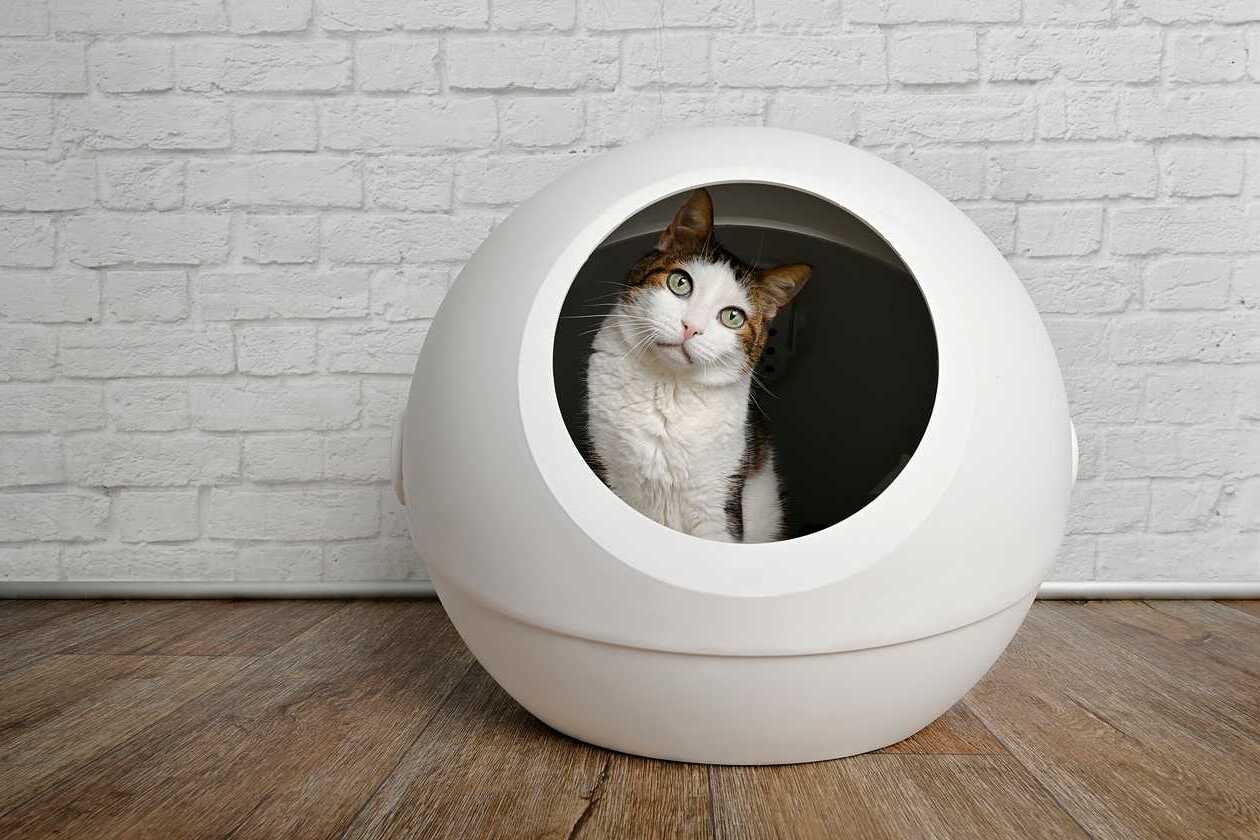


0 thoughts on “Why Do My Cats Watch Each Other In The Litter Box”